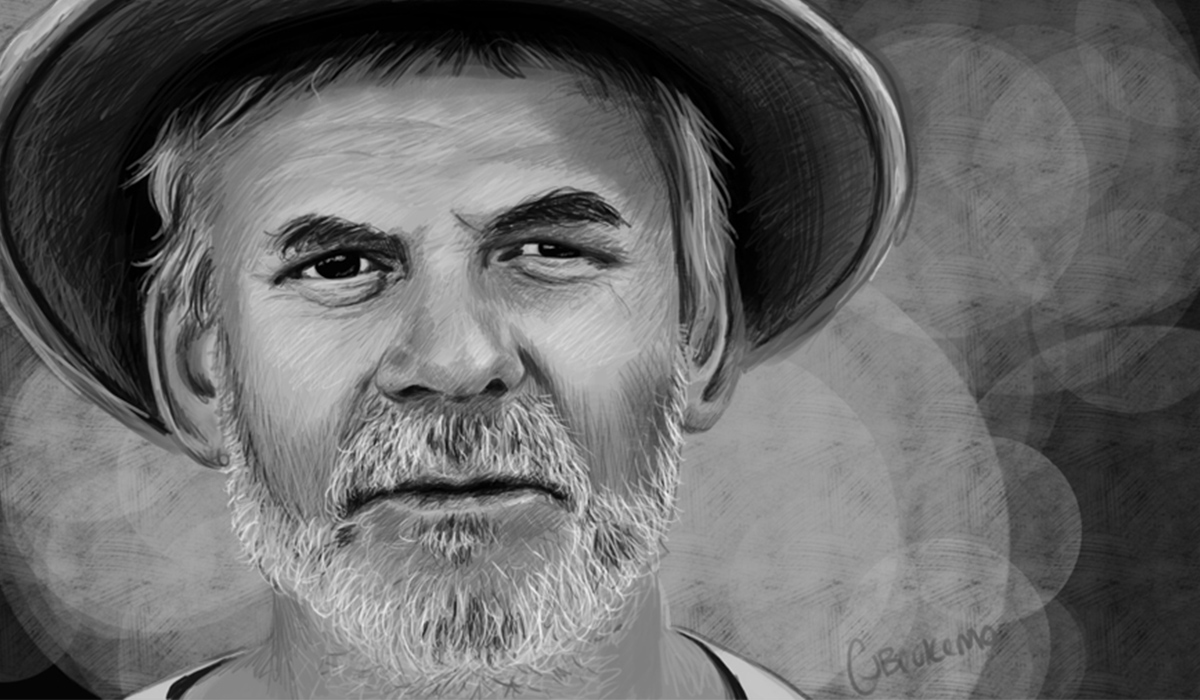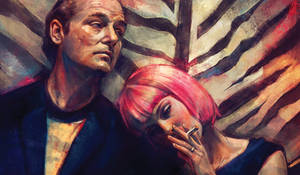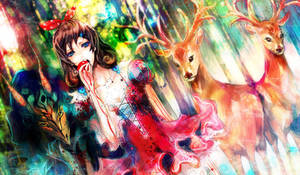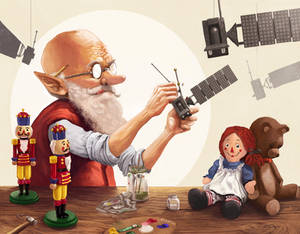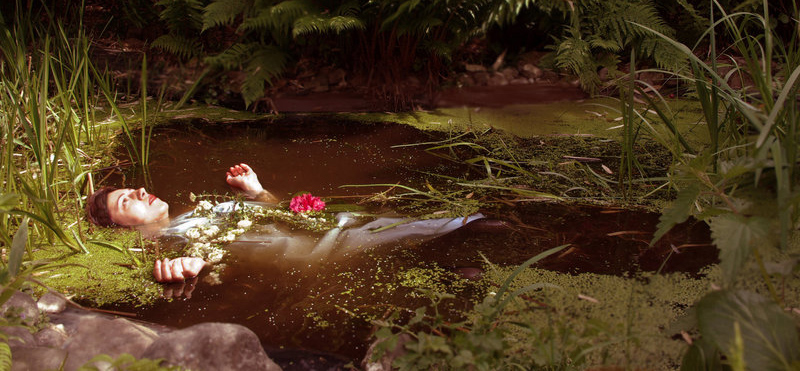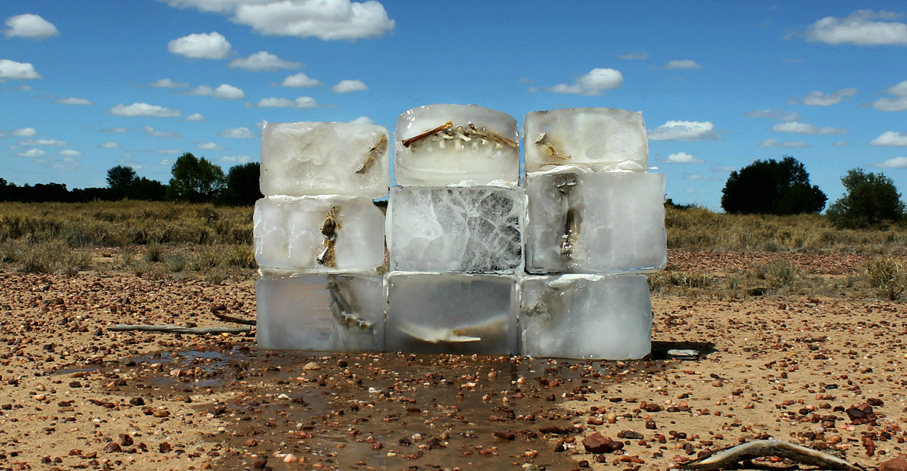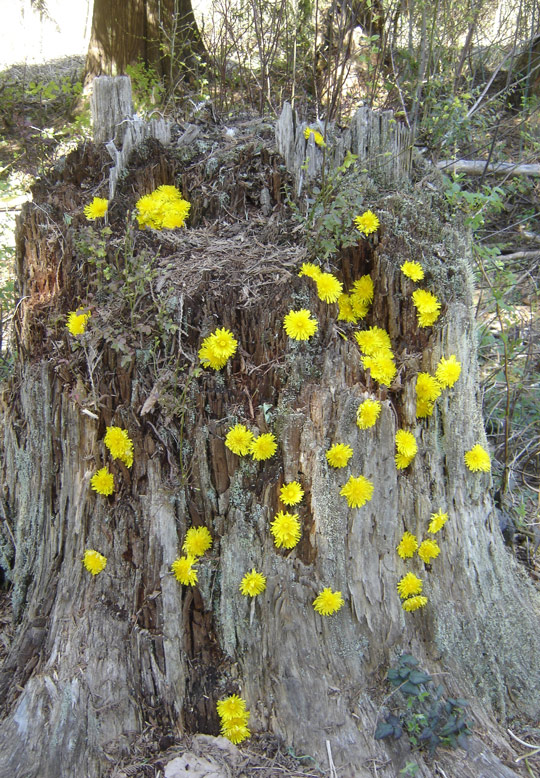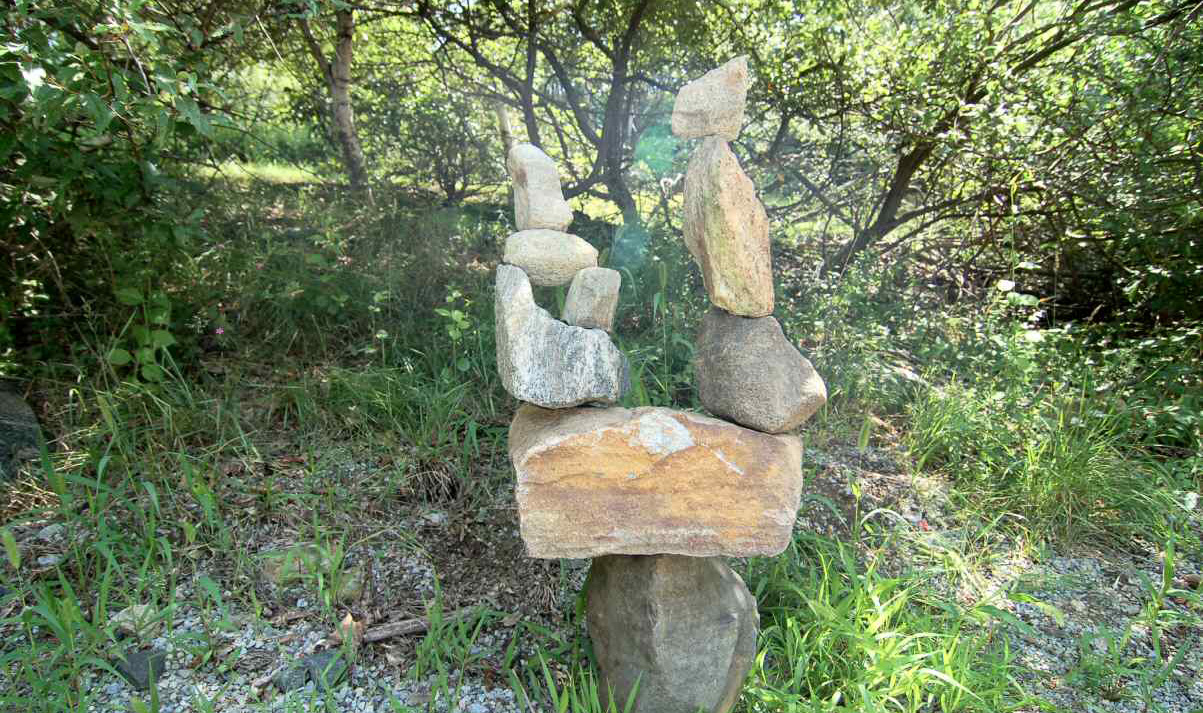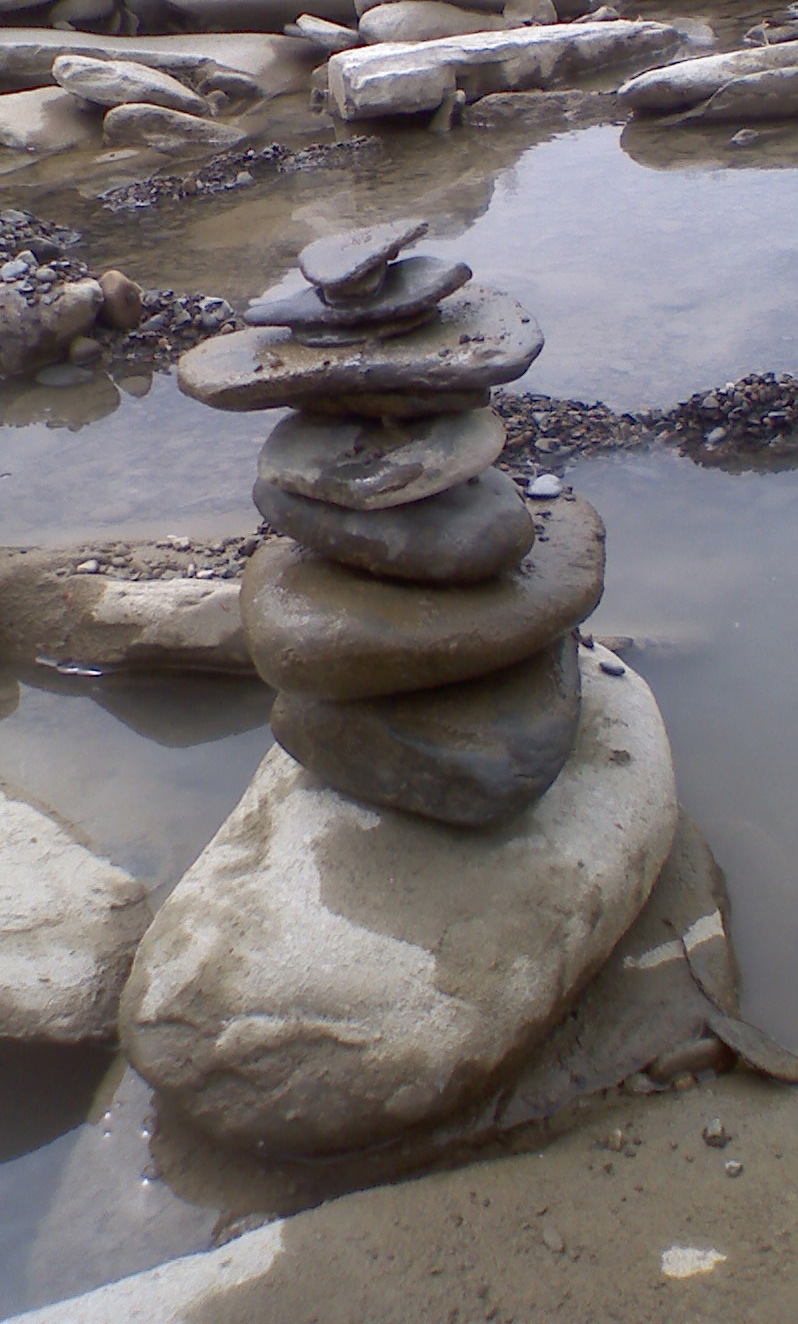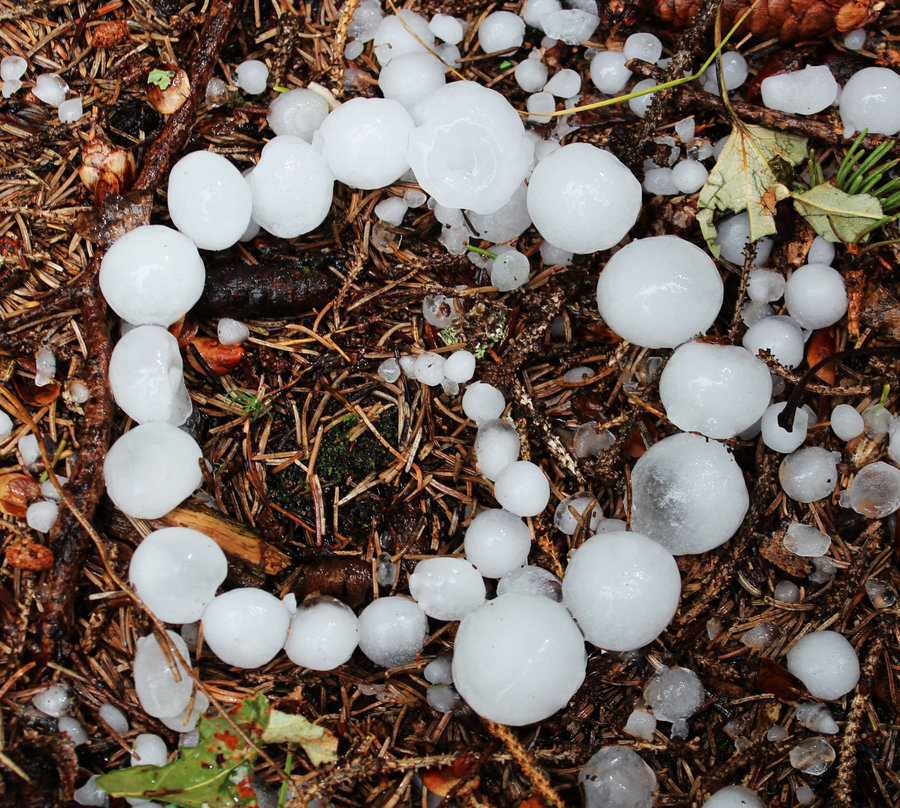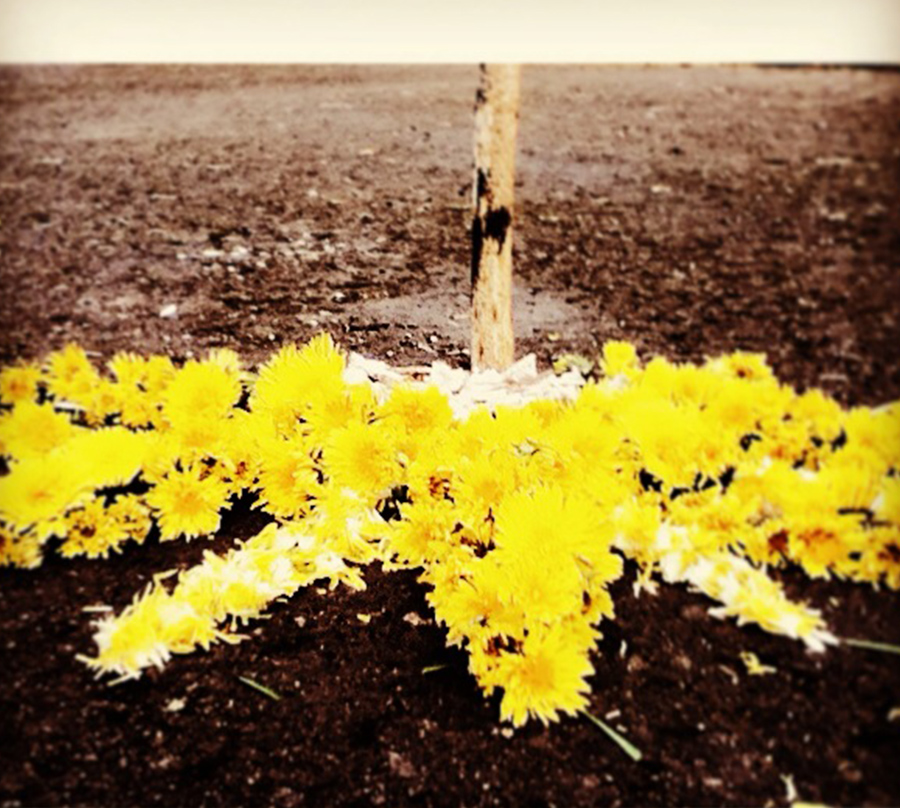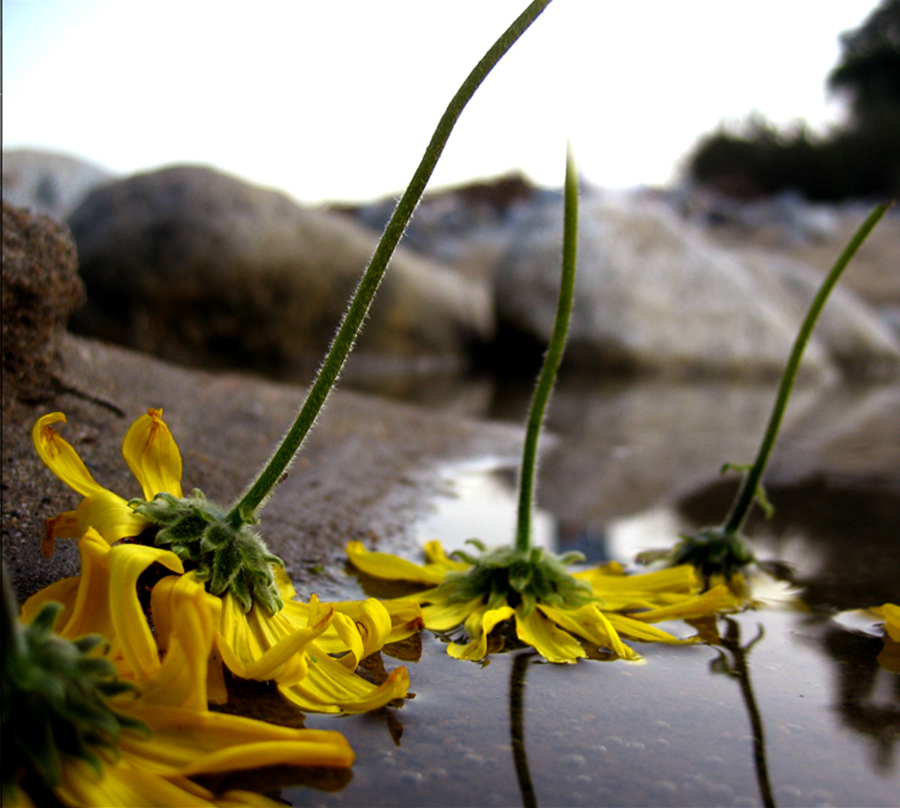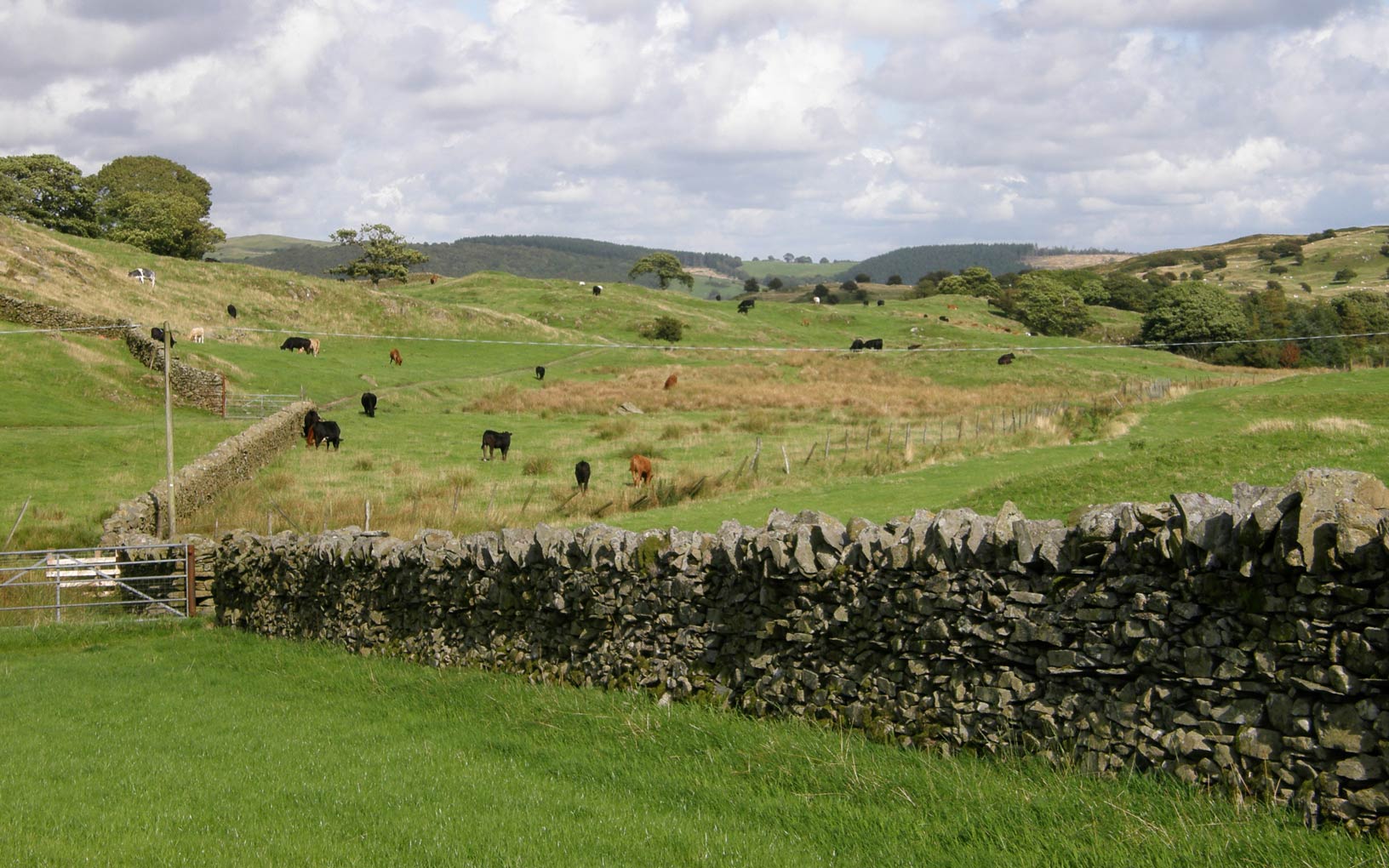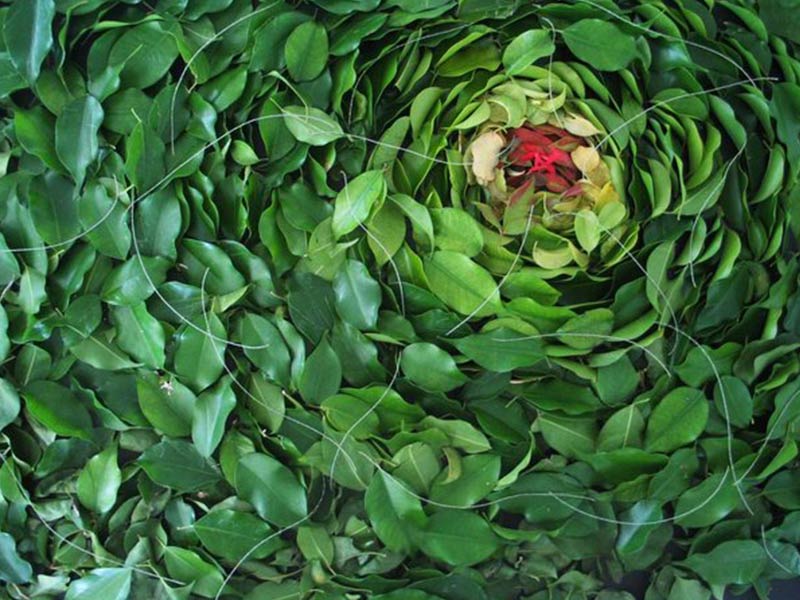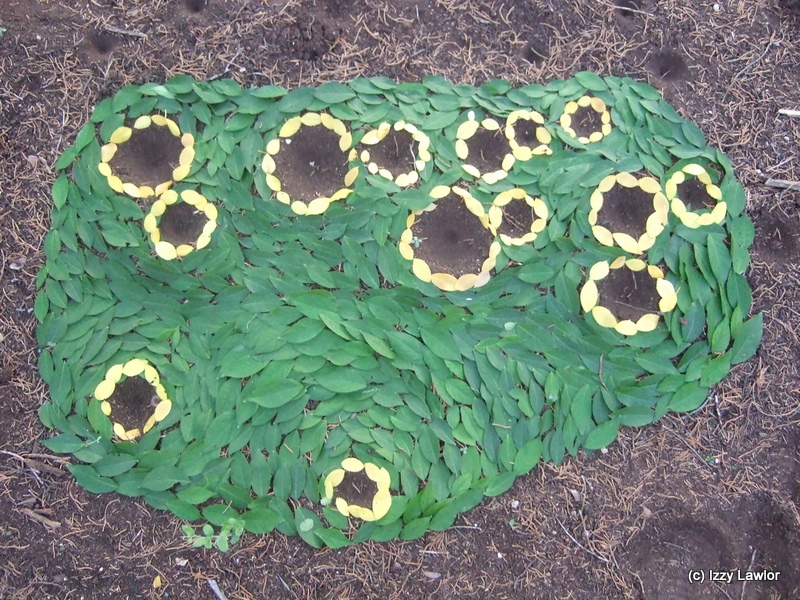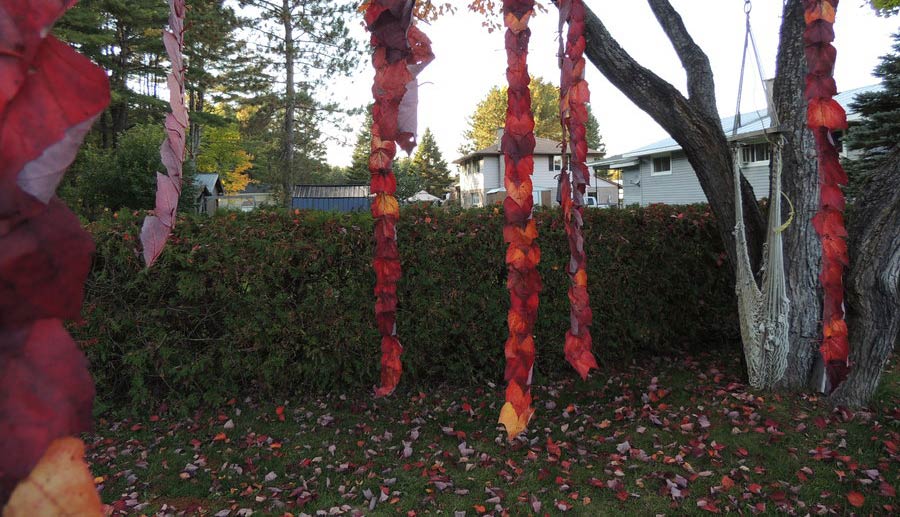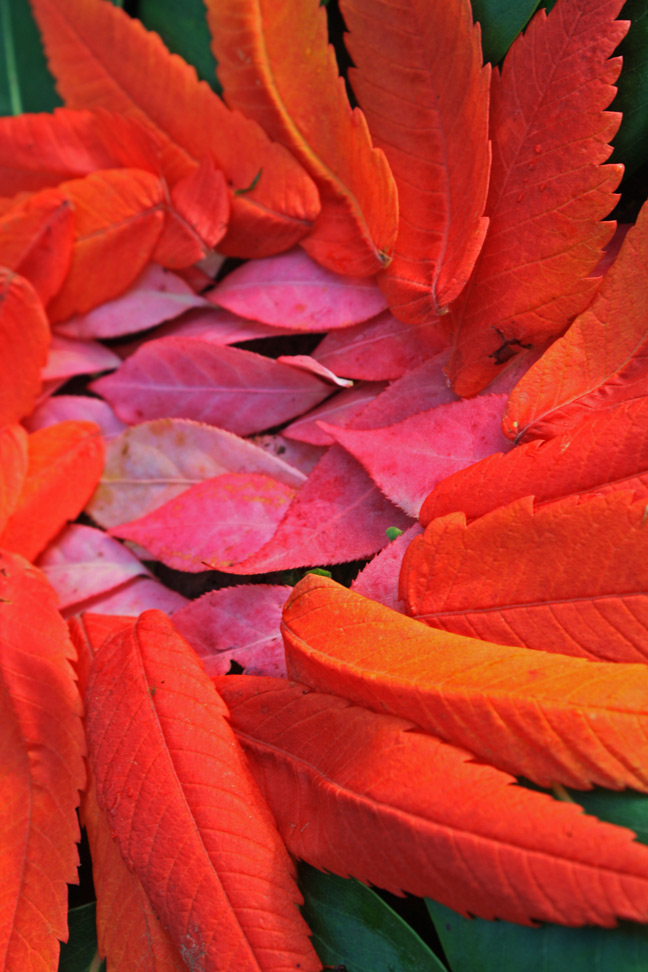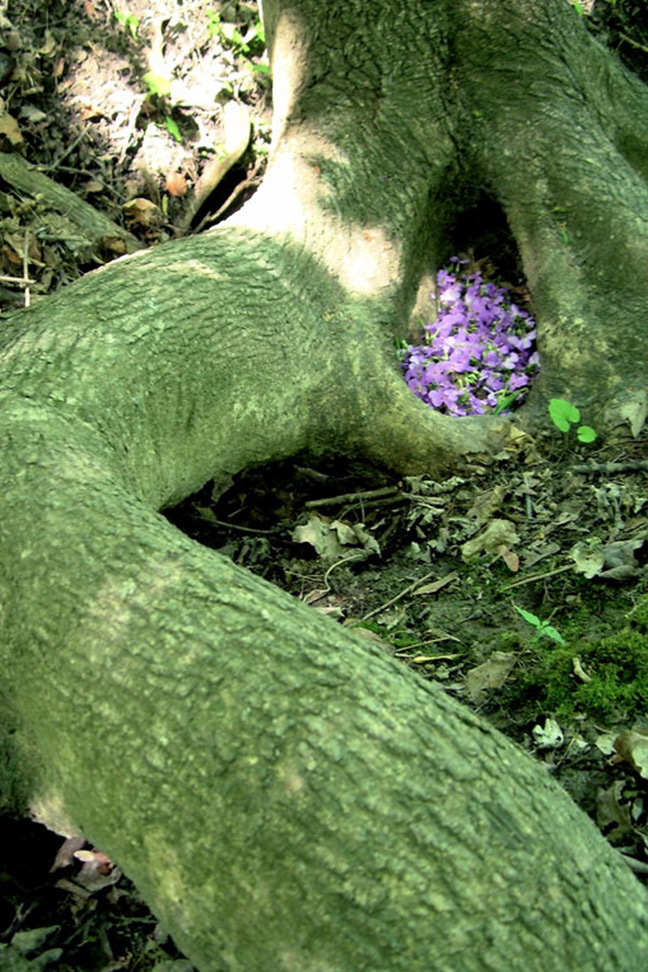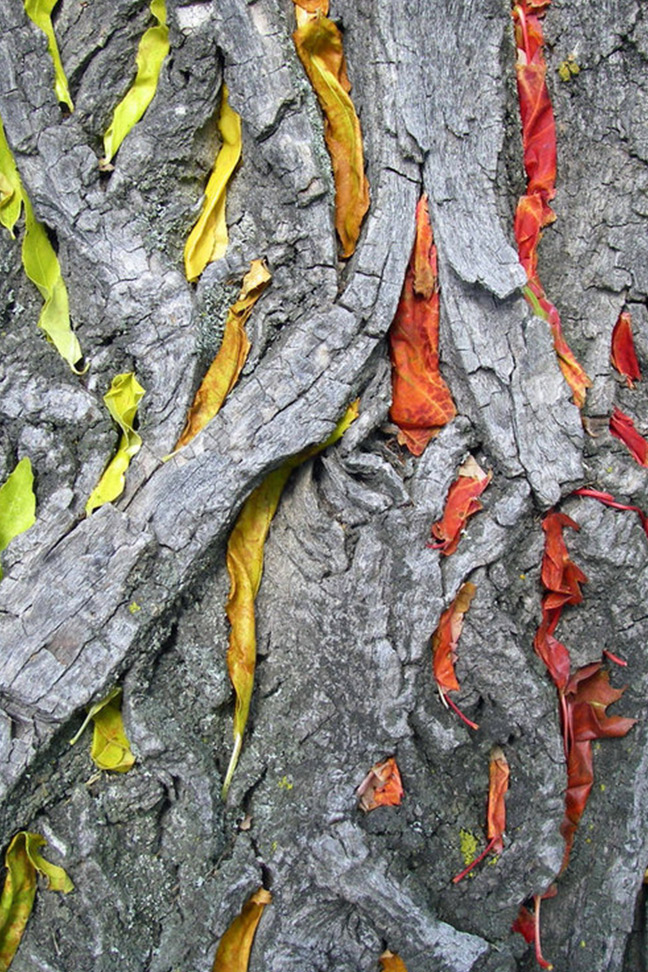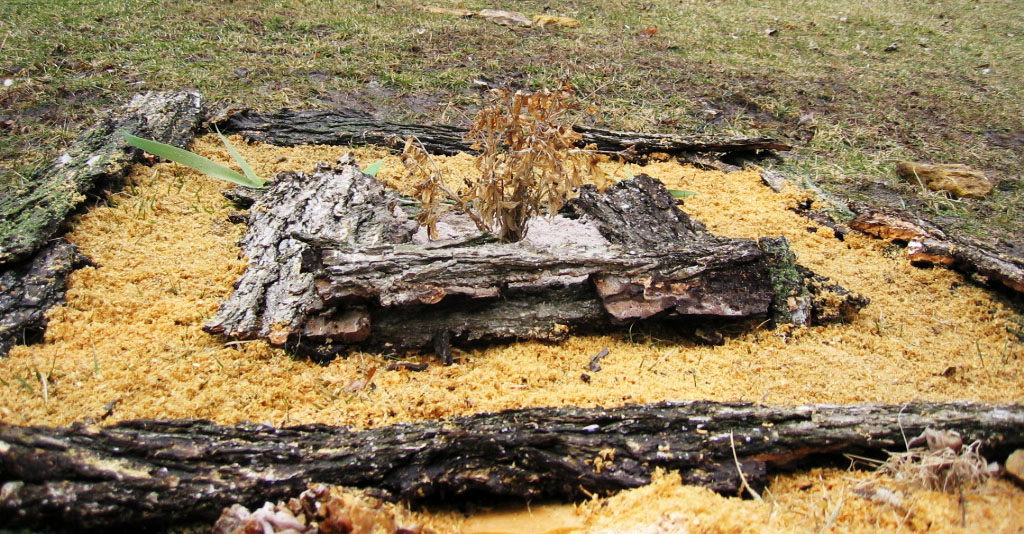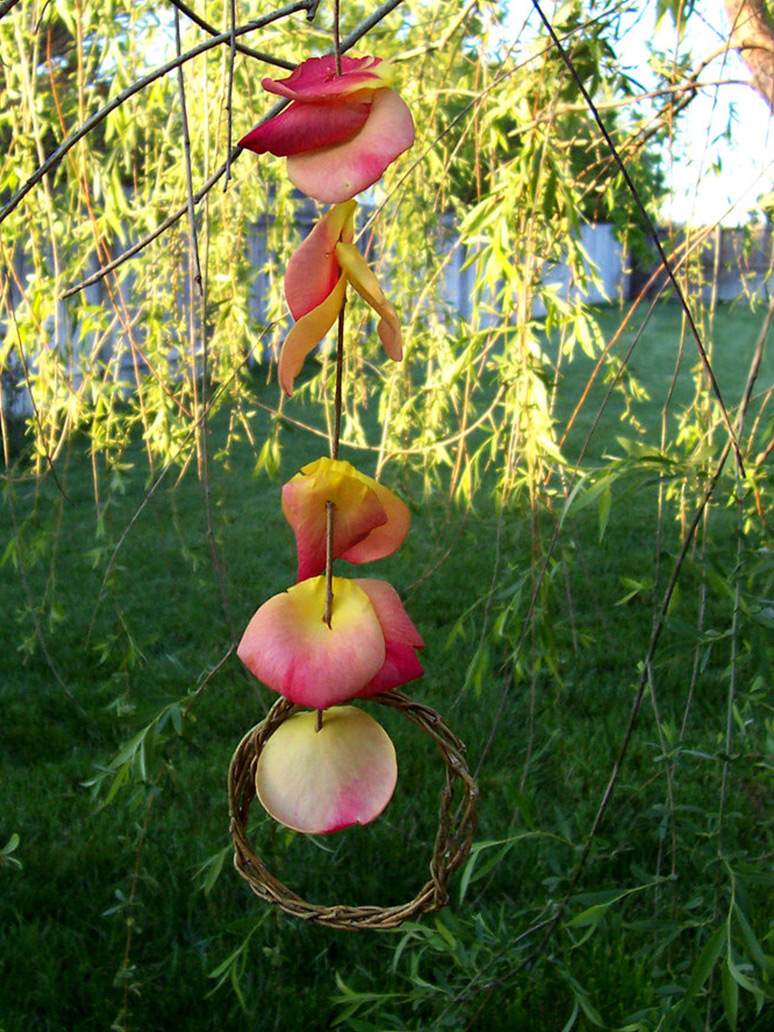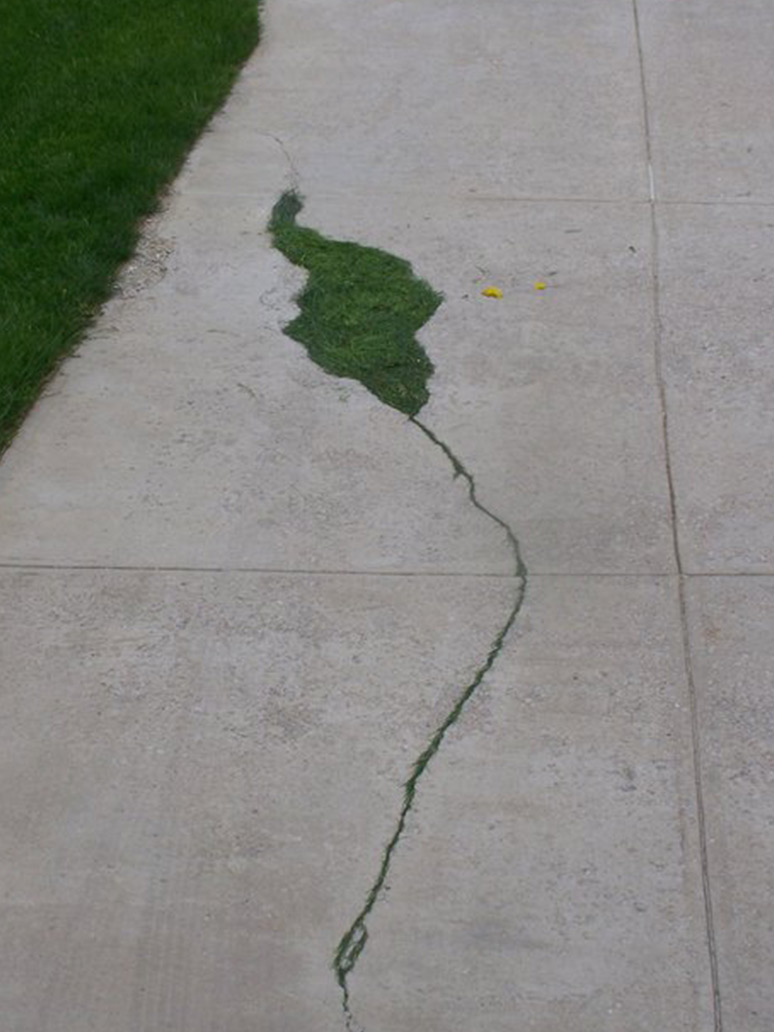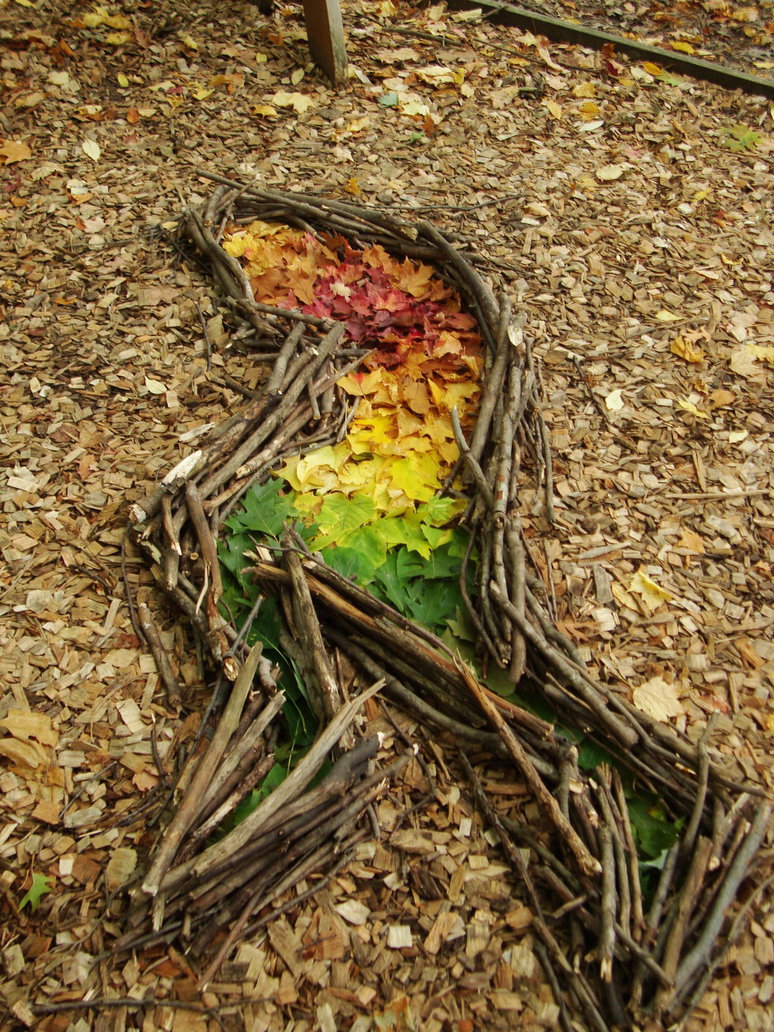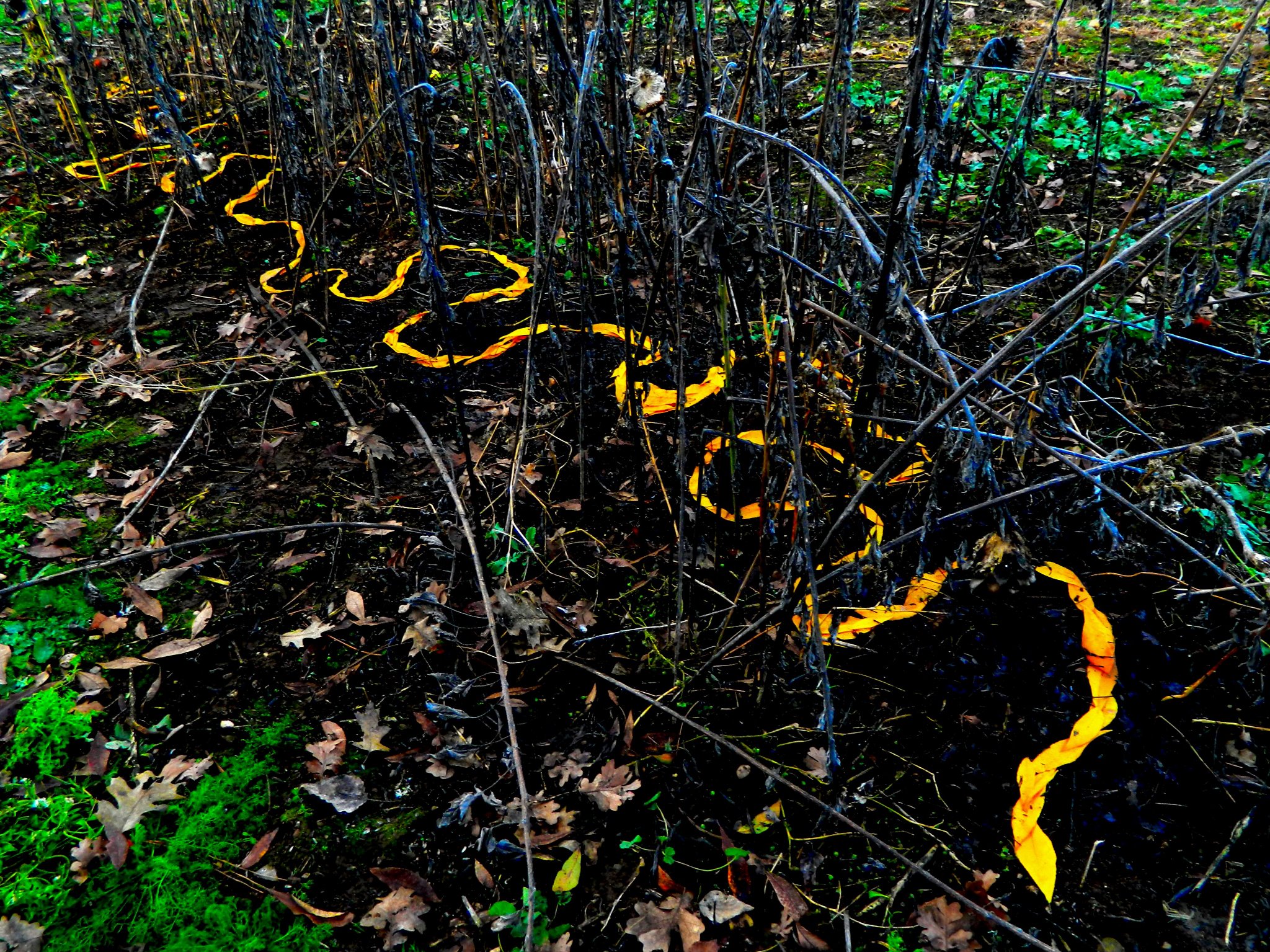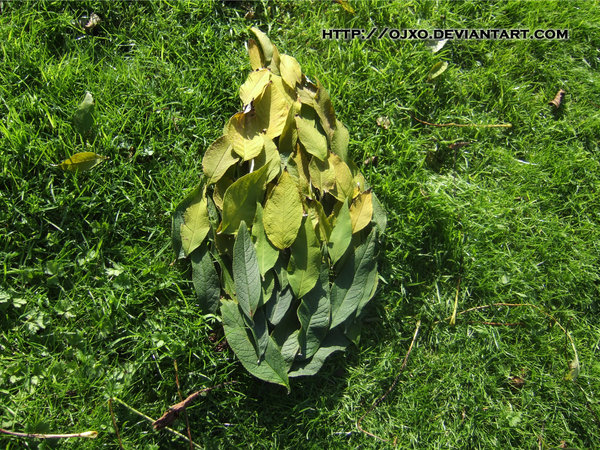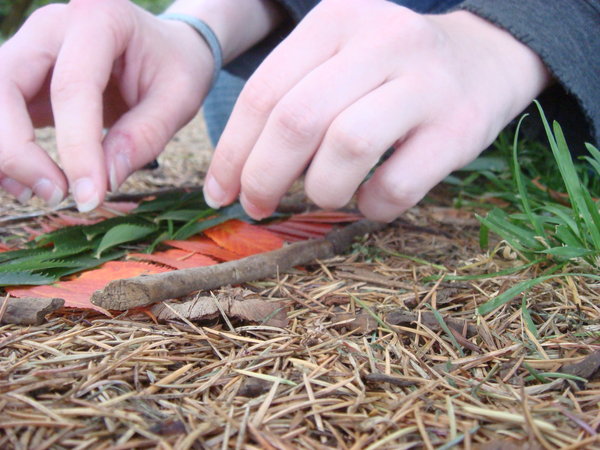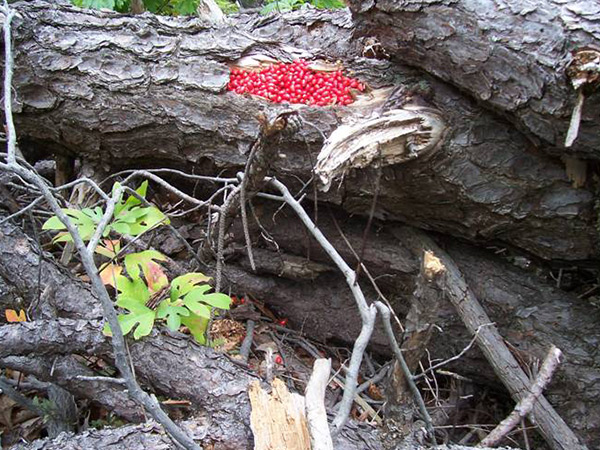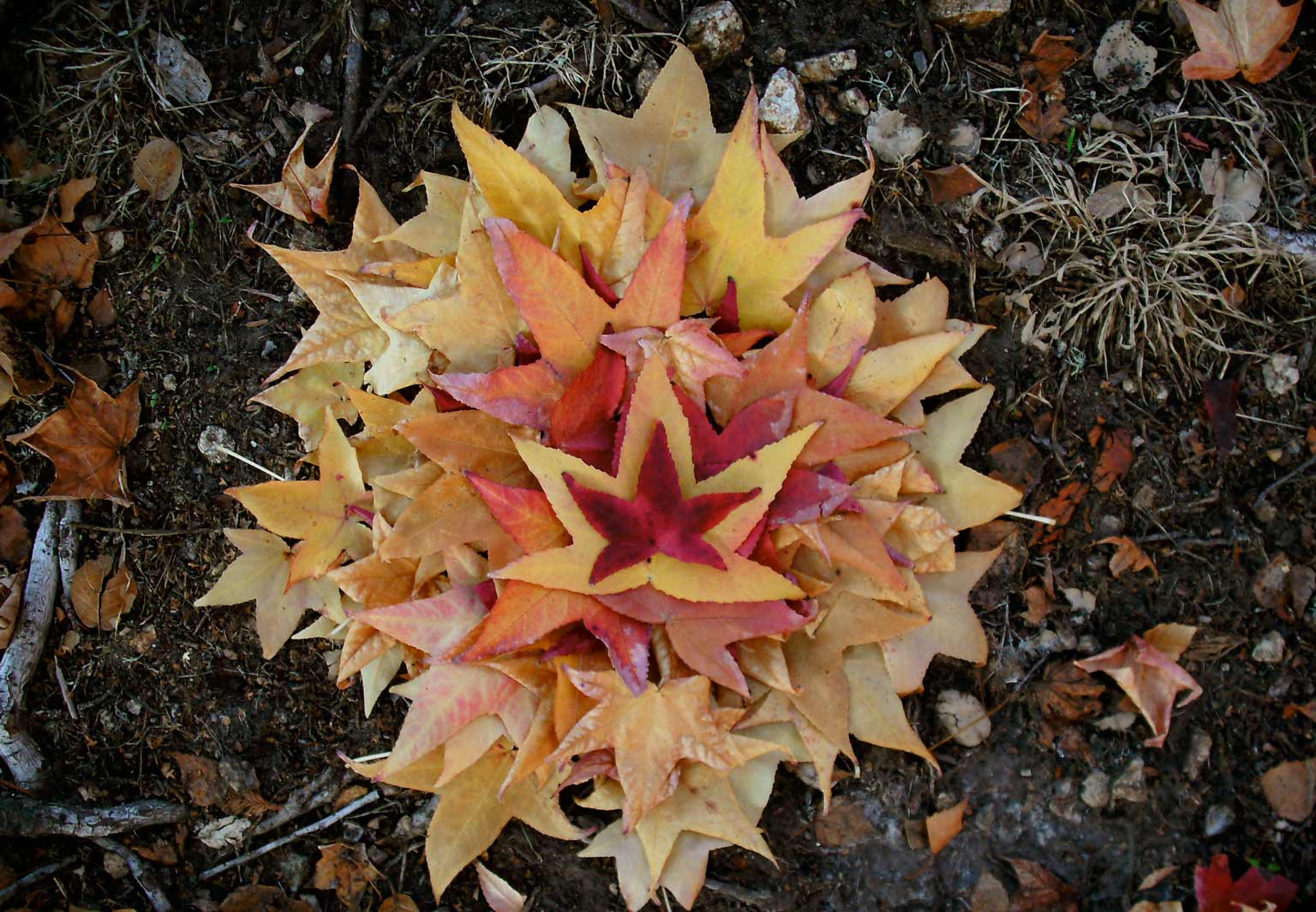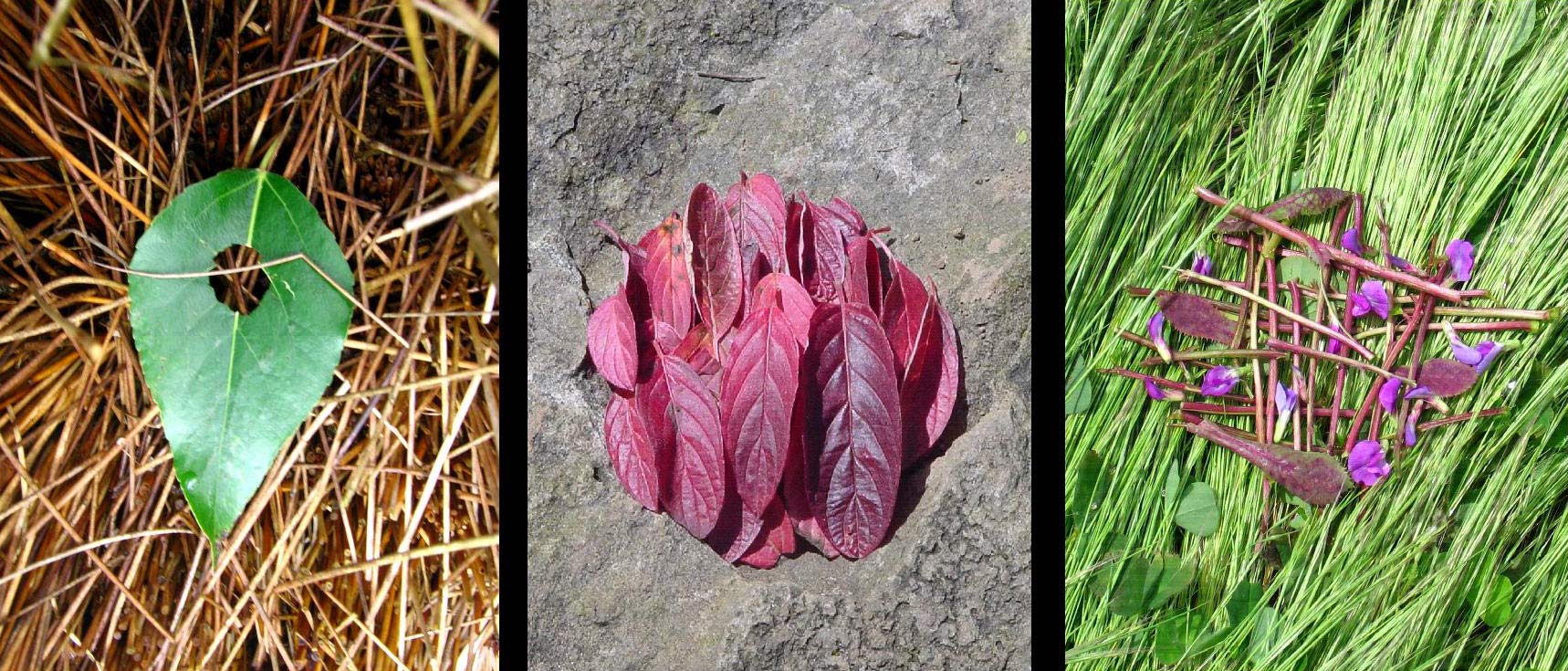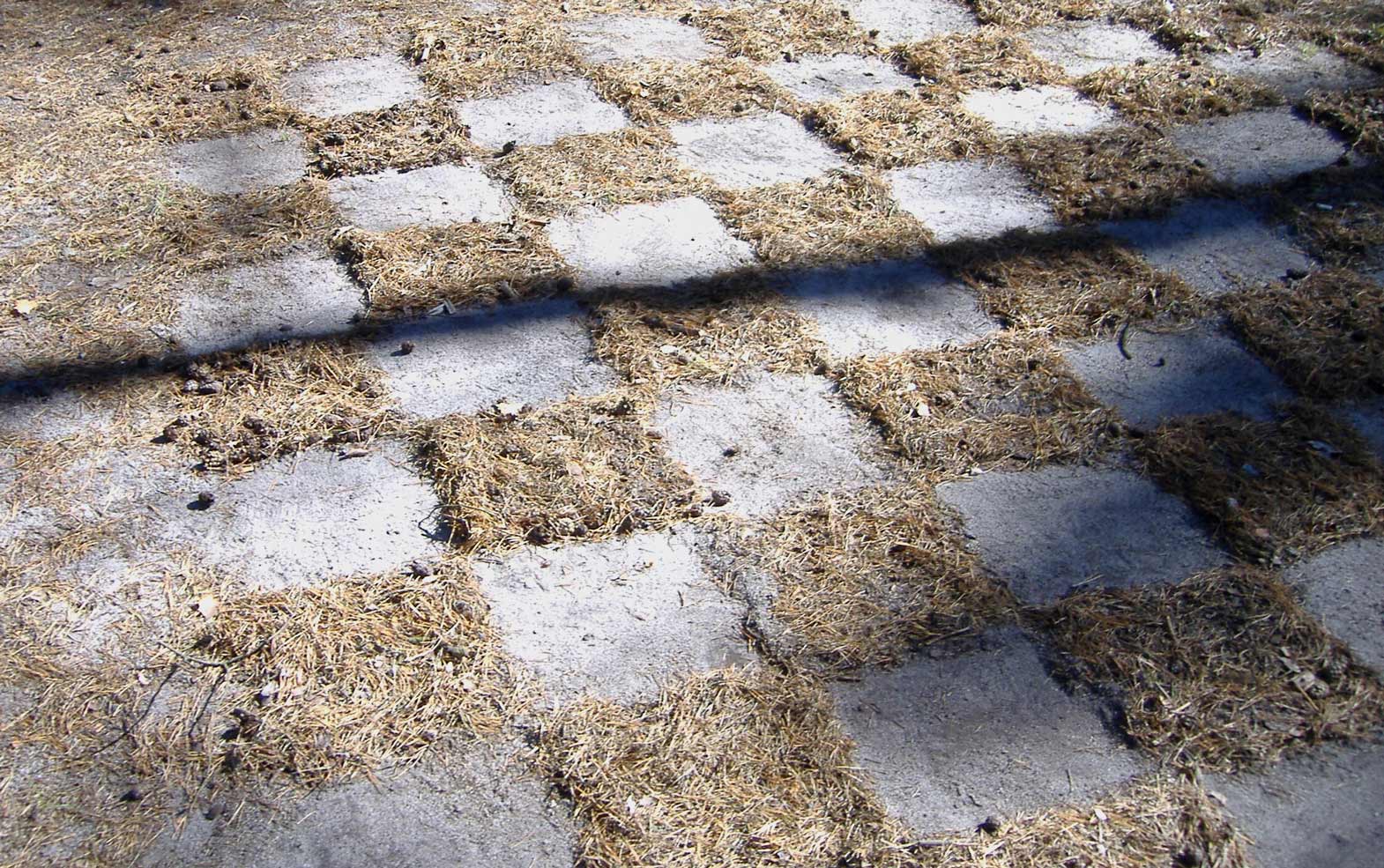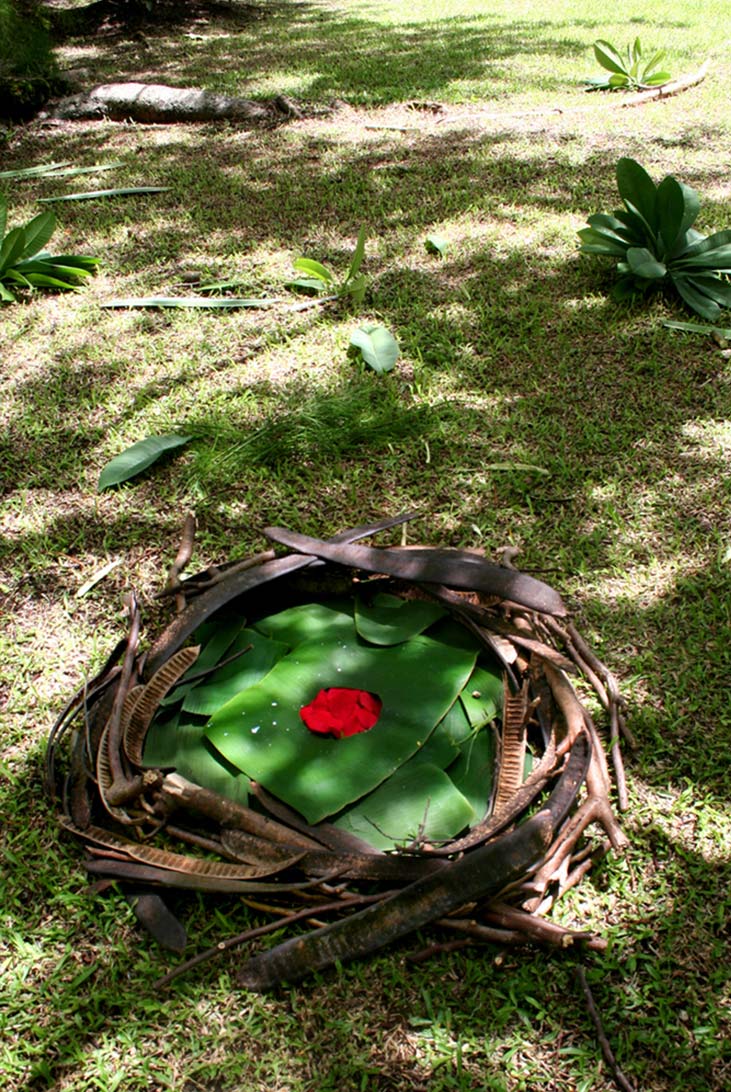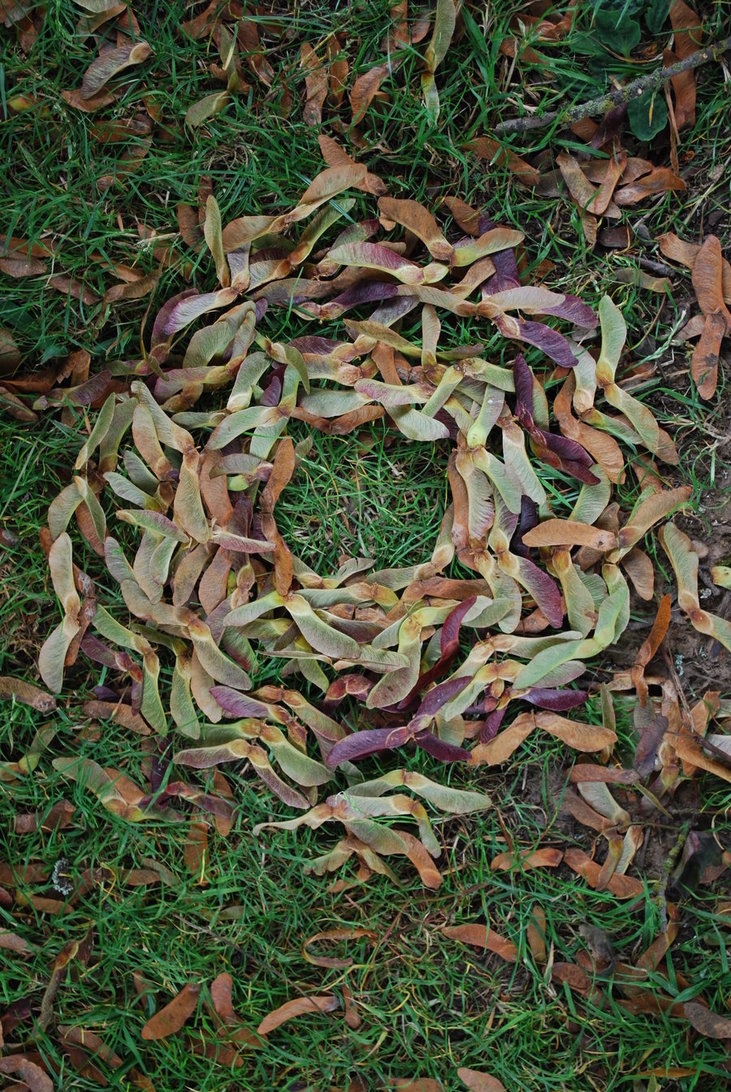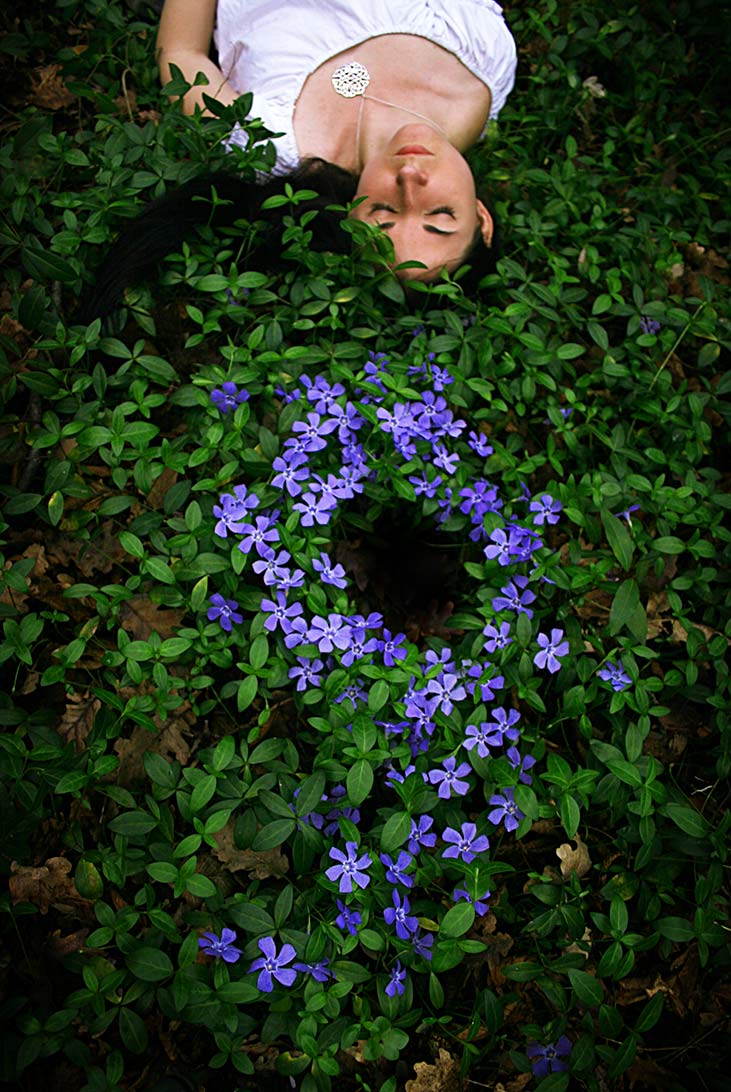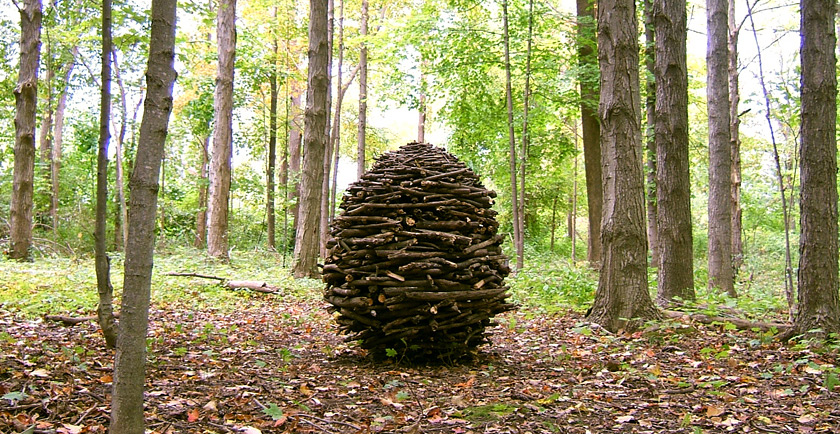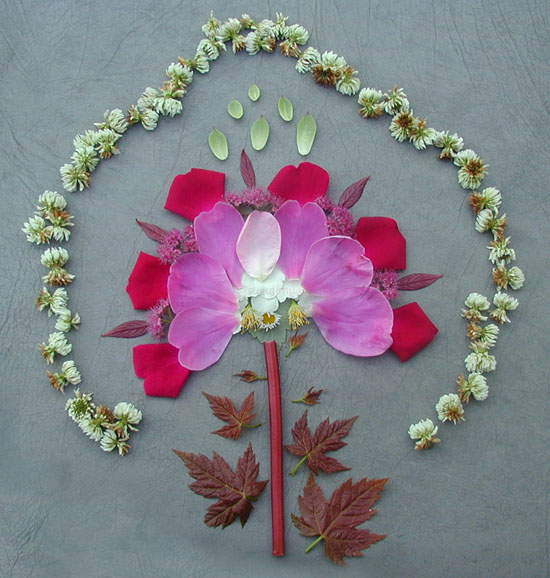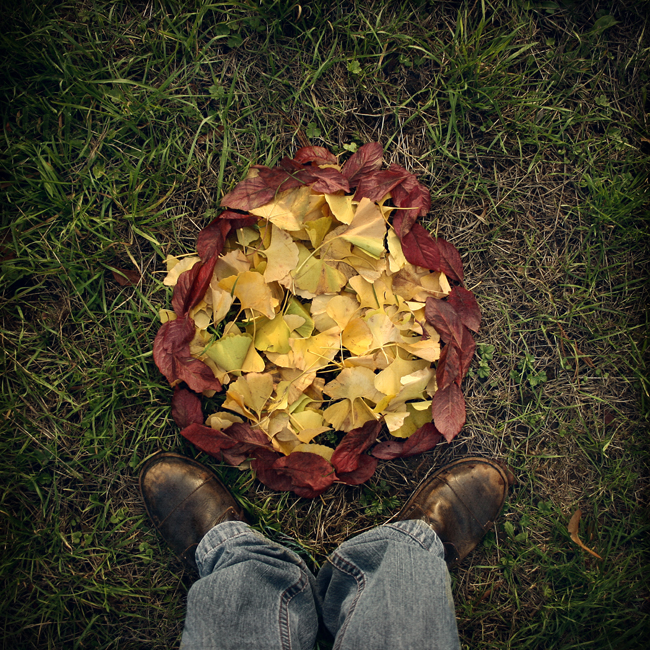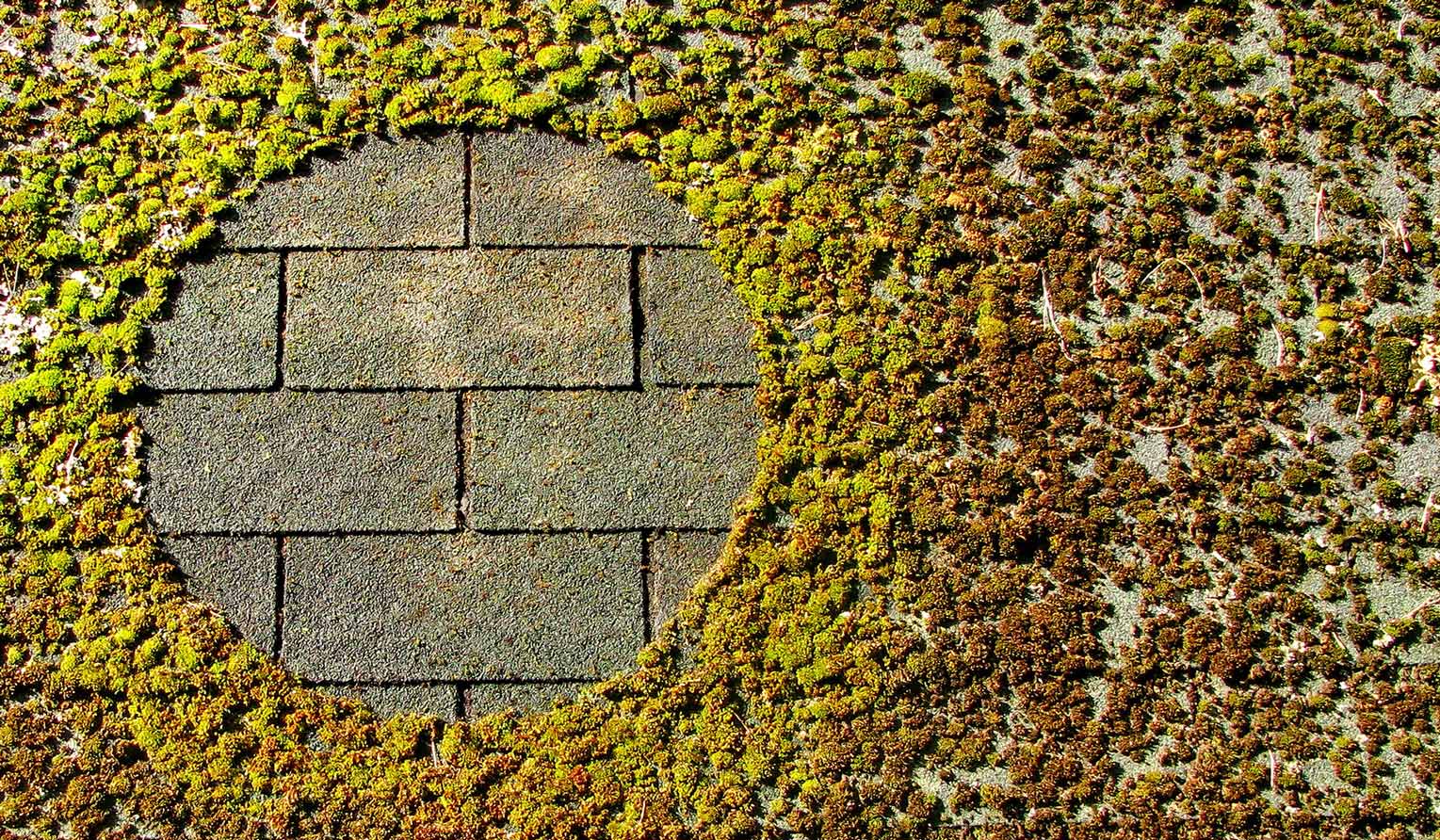
Nature is a cruel mistress. As pioneering filmmaker Werner Herzog once wrote about the dangers of explorers heading off into the wilderness seeking enlightenment:
I believe the common denominator of the universe is not harmony, but chaos, hostility, and murder.”
The wilderness has always fascinated mankind as a subject for art.
It’s the first thing that our ancestors recorded in cave paintings. Sometimes we foolishly attempt to ‘tame’ it: seventeenth century English gardens were purposefully laid out in man-made rectangles, in order to illustrate our mastery over our environment by subordinating the landscape to empirical rules of mathematics. Sometimes we attempt to capture a joyous spirit of reconnection with lost pastoral idylls: the paintings of the nineteenth Pre–Raphaelites embraced the landscape, perhaps realized in its most sublime expression in Sir John Everett Millais’ painting of “Ophelia,” in which the doomed heroine literally drowns herself in an act of transcendence.
However, in the early twenty–first century, when satellite science has mapped ‘everything,’ and wonderment is in short supply, it takes a special artist to make us appreciate nature anew.
Andy Goldsworthy is that artist, who collaborates with nature to make his art. Goldsworthy reconfigures natural elements into new forms: cutting, splicing, stitching and stacking found elements including pine needles, leaves, ice, twigs and rocks; creating sculptures and formations that make us look at the world differently, as if seen with new eyes.
Many of the resultant sculptures are ephemeral (like Millais’ “Ophelia” with those fake flowers on her dress, as she sinks into the water—it all rots in a symphony of fecundity), and their only manifestation is in recorded photographs—taken back from those lonely sojourns into the wild, then, themselves, reconfigured as photographic prints in a gallery context—that capture that ‘perfect’ second’ before these works will, inevitably, expire.
Goldsworthy exacts his own meditations on “chaos, hostility, and murder” to create new forms that radiate a sense of harmony and wonder. When looking at photographic works such as “Iris Leaves with Rowan Berries” (in which green slats of leaves are arranged into a fusion of Asian and Mondrian–esque forms that contain iridescent fields of red berries within, all free–floating on water), or ice forms literally put together with the artist’s saliva, it’s possible to glimpse a fragile poetic metaphor for how mankind’s impact on the planet is both intimate but also a matter of free will:
What will you do to this ecosphere that we live on?
Will you create wonders, or will you destroy?
Goldsworthy, however, doesn’t seem to be an artist with an agitprop eco–theme, or an “earth first” tub to thump.
Rather, he seems to exult in just being in an environment that has no morality; just opportunities for expression. It’s a state of simultaneous emotions of humility and savagery: the former because he submits himself and his abilities to making his art from whatever nature presents to him; the latter in that he destroys to create, by splicing and cutting and imprinting his humanistic view on a world that was quite happy in its own proclivities and wonderments before this ‘man’ came along.
It’s a heady mix that asks profounds questions of the viewer. Goldsworthy’s permanent pieces (sculptures, not photographs), include a series of rock–built sheep pens, in rural English farming locations, that might appear more CGI in execution than the actual collection of physical materials, as they ‘jump’ over walls in arcs of brick… and yet they are real. Tangibly so, constructed from separate parts but containing their own fragile balancing eco–system within themselves. They are strange and otherworldly, yet also practical, designed to last for decades, repulsing the eroding forces of wind and rain.
Those amongst Goldsworthy’s viewers who are prepared to put on some hiking boots and get themselves out into nature can see these permanent artworks for real; or can see Goldsworthy’s photographs and imagine themselves, Ophelia–like, communing with a bigger world.
Gallery
Your Thoughts
- Do you have a preference for either Goldsworthy’s permanent or transient works, and if so why? What does this say about your own conceptual leanings in working with, or contemplating, nature?
- What would be the bigger thrill for you: being driven 20 minutes to a museum to see a massive survey show of Goldsworthy’s photographs, or hiking for three hours to see a single Goldsworthy sculpture? Either way: why?
- Goldsworthy brings nature into man-made spaces. Is this a legitimate strategy, or is it just trendy co–option? Does the fact that these works are even seen in a gallery pollute the spiritual core of the original artistic impulse?
- Is “process” (i.e. the hidden unseen aspects of Goldsworthy’s work before we get to see the final work) a critical part of an artwork, or is all that just preparation, that we don’t need to know about, and which has no impact on the final singular work?
